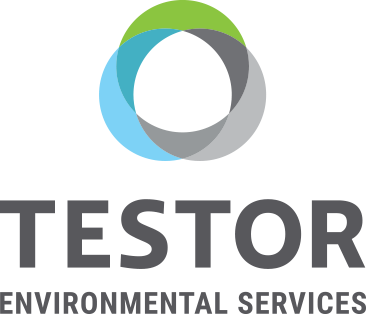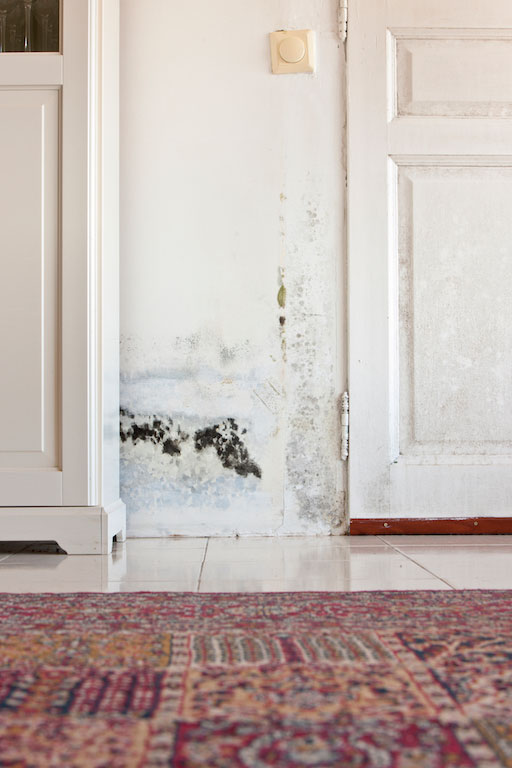How do I stop Mold growth?
As a home owner, the most effective action you can take is to reduce moisture levels in your home and maintain adequate ventilation. Always be attentive to water penetrating the structure of your home. If you discover faulty plumbing or water leaks from outside call a licensed professional to assess the severity of the problem. TESTOR’s licensed and certified technicians follow NY State 2016 Mold Regulations. We perform visual, surface and air quality assessments, determine possible contamination, provide you with a comprehensive expedited report and recommend an appropriate action plan to eliminate the issue and keep your family healthy.
What is Mold?
Molds are a large and diverse number of fungal species which occur naturally in our environment. Spores enter our homes with general air flow or by hitching a ride on clothing or shoes. “Black mold” is a term that is frequently used to refer to toxic mold; however, toxic mold can come in many colors, and mold that is black is not always toxic. Mold spores thrive and reproduce in damp, warm, dark or steamy places such as bathrooms, kitchens, cluttered storage rooms, basements or any recently flooded areas.
Health risks
Mold growth in buildings can lead to a variety of health problems such as watery, itchy eyes, a chronic cough, headaches or migraines, difficulty breathing, rashes, tiredness, sinus problems, nasal blockage and frequent sneezing. People with an existing lung infection or compromised immune system are particularly vulnerable. According to the CDC, some studies are also indicating a potential link of early mold exposure to the development of asthma in some children.

